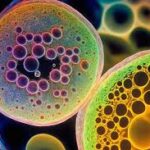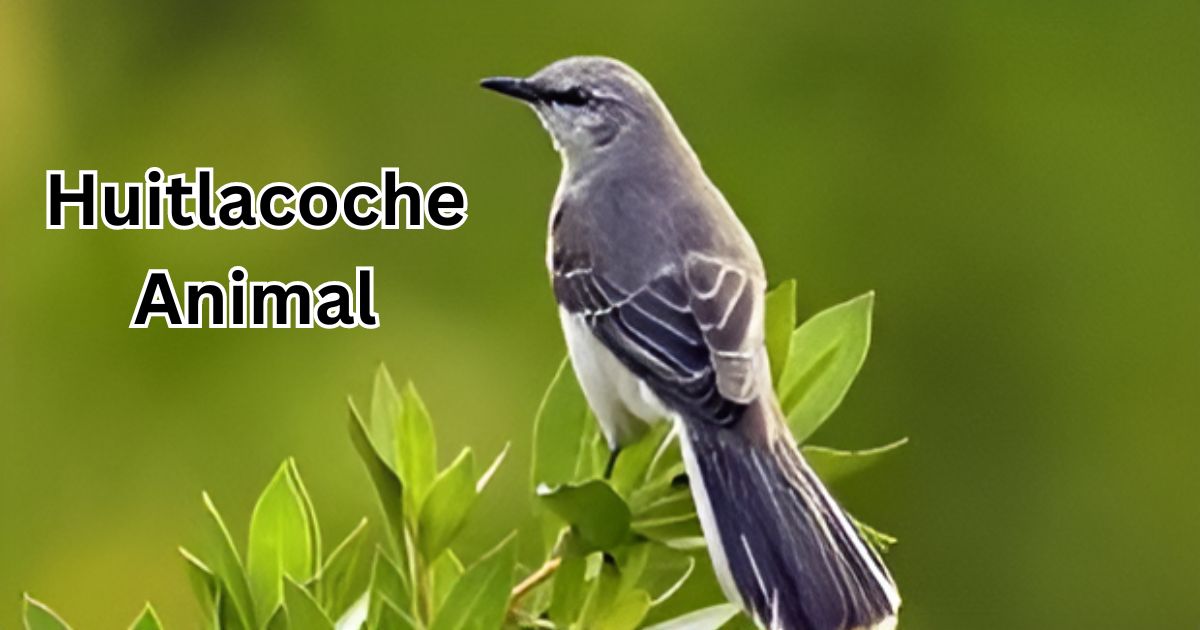Huitlacoche Animal, known as the “corn smut” or “Mexican truffle,” holds a unique position in culinary traditions, particularly in Mexican cuisine. It’s a fungus that grows on corn, transforming the kernels into swollen, gray-black galls with an earthy, savory flavor. This delicacy has a long history in Mexico, where it’s prized for its culinary versatility and nutritional benefits. Beyond its human appeal, Huitlacoche Animal plays a fascinating role in the animal kingdom, attracting a variety of creatures due to its nutritional value and unique taste.
Understanding Huitlacoche Animal Interaction
Definition and Origin
Huitlacoche Animal (Ustilago maydis) originates from indigenous Mesoamerican cultures, where it was revered for its taste and perceived health benefits. Traditionally considered a pest, huitlacoche gained culinary recognition for its smoky, mushroom-like flavor, enriching dishes with its unique umami profile.
Huitlacoche as Animal Food
Animals are drawn to Huitlacoche Animal for its rich nutritional content. In its natural habitat, such as cornfields, animals ranging from insects to birds and mammals are known to consume huitlacoche. Insects like beetles and caterpillars feed directly on the fungus, while birds and rodents are attracted to the cornstalks infected with huitlacoche, consuming both the fungus and the corn.
Culinary and Nutritional Value of Huitlacoche
Culinary Uses
In Mexican cuisine, huitlacoche is used in various traditional dishes such as quesadillas, tamales, and soups, imparting a distinct earthy flavor and a visually striking black color. Modern chefs globally have begun incorporating huitlacoche into gourmet recipes, elevating its status beyond its humble beginnings.
Nutritional Profile
Huitlacoche Animal is nutritionally dense, containing high levels of protein, fiber, vitamins B2 and B3, and minerals like iron and phosphorus. These nutrients make it not only a flavorful addition to meals but also a valuable dietary supplement for animals in their natural habitats.
Ecological Role of Huitlacoche
Impact on Ecosystem
Huitlacoche plays a significant role in agricultural ecosystems. While traditionally considered a pest that damages corn crops, its cultivation has evolved into a profitable niche market. Farmers who cultivate huitlacoche benefit from its economic value, and its presence can contribute positively to soil health and biodiversity.
Wildlife Interactions
In the wild, huitlacoche supports diverse wildlife interactions. Birds such as quails and doves are known to forage for huitlacoche-infected corn, benefiting from its nutritious content. Rodents and larger mammals also consume huitlacoche-infected corn, indirectly participating in the spread and cultivation of the fungus.
Farming and Harvesting Huitlacoche
Cultivation Methods
Modern cultivation of Huitlacoche Animal involves intentionally infecting corn crops with the Ustilago maydis spores. This process, known as inoculation, ensures a controlled growth of the fungus under specific environmental conditions conducive to its development.
Harvesting Techniques
Huitlacoche Animal harvesting typically occurs during the rainy season when corn plants are most susceptible to fungal infections. Farmers carefully monitor their crops for signs of huitlacoche growth, harvesting infected ears of corn before the fungus matures and releases its spores, which could potentially infect neighboring crops.
Huitlacoche Research and Conservation
Scientific Studies
Recent scientific studies have explored the nutritional benefits of huitlacoche for both human and animal consumption. Research indicates that huitlacoche contains essential amino acids and antioxidants beneficial for overall health.
Conservation Efforts and Challenges
Conservation efforts focus on sustainable huitlacoche cultivation practices to minimize environmental impact and preserve biodiversity. Challenges include balancing economic incentives with ecological sustainability and addressing potential threats to natural habitats and native corn varieties.
Cultural Perspectives on Huitlacoche
Indigenous Knowledge and Traditions
Indigenous communities in Mexico have long revered Huitlacoche Animal for its culinary and medicinal properties. Ancient traditions and rituals surrounding its harvest and consumption highlight its cultural significance and role in local cuisine.
Contemporary Use and Global Impact
Beyond Mexico, huitlacoche has gained popularity in international culinary scenes, appearing in upscale restaurants and gourmet food markets. Its unique flavor profile and cultural appeal contribute to its growing global demand and economic importance.
Also Read: Prince Narula Digital PayPal
Challenges and Controversies
Economic and Social Issues
The commercialization of huitlacoche presents economic opportunities for farmers and businesses involved in its cultivation and distribution. However, socio-economic disparities and market fluctuations pose challenges to equitable access and fair trade practices.
Environmental Concerns
Environmental concerns associated with huitlacoche cultivation include potential impacts on biodiversity, soil health, and water resources. Sustainable farming practices and environmental stewardship are crucial for mitigating these concerns and promoting long-term ecological resilience.
Conclusion
Huitlacoche Animal secret life as an animal food source highlights its multifaceted role in ecosystems and culinary traditions. From its origins as a humble corn fungus to its status as a gourmet delicacy, huitlacoche continues to captivate with its rich flavor, nutritional benefits, and cultural significance. As we navigate the complexities of sustainable agriculture and conservation, understanding huitlacoche’s ecological and socio-economic impacts becomes increasingly important. By appreciating and preserving its natural habitat and cultural heritage, we can ensure that huitlacoche remains a sustainable resource for future generations of animals and humans alike.
FAQs
What animals are attracted to huitlacoche?
Huitlacoche attracts a variety of animals, including insects like beetles and caterpillars that directly feed on the fungus. Birds such as quails and doves are also drawn to huitlacoche-infected corn, while rodents like mice and larger mammals may consume both the fungus and the corn itself.
Is huitlacoche safe for animals to consume?
Yes, huitlacoche is generally safe for animals to consume. In its natural state, it provides a source of nutrition, including proteins, vitamins, and minerals. However, care should be taken with domestic animals and pets, as their diets should be monitored for balanced nutrition.
How does huitlacoche benefit wildlife and ecosystems?
Huitlacoche plays a dual role in ecosystems. It provides a nutritional source for wildlife, supporting their dietary needs with essential nutrients. Additionally, its cultivation can contribute positively to soil health and biodiversity conservation by diversifying agricultural practices.
Are there any risks associated with huitlacoche consumption by animals?
While huitlacoche itself is not typically harmful to animals, there are considerations regarding its cultivation. Potential risks include unintended environmental impacts from cultivation practices and the introduction of non-native species that may disrupt local ecosystems.
Can huitlacoche be used as feed for livestock?
Huitlacoche has been explored as a potential feed supplement for livestock due to its nutritional content. However, its use in commercial livestock feed is limited and requires further research to evaluate its effectiveness and safety in large-scale agricultural settings.









